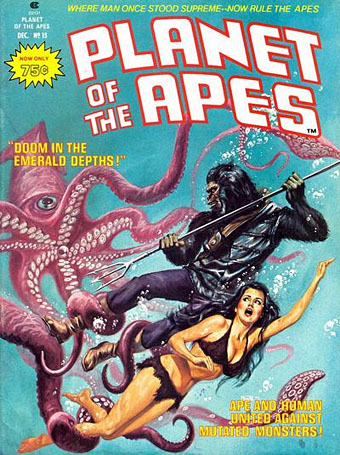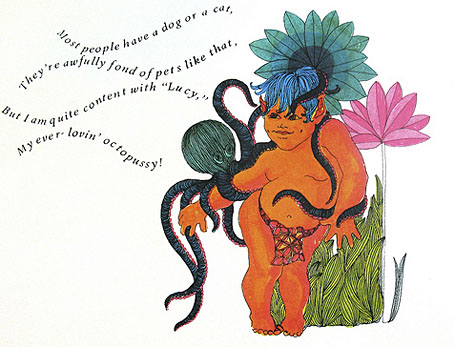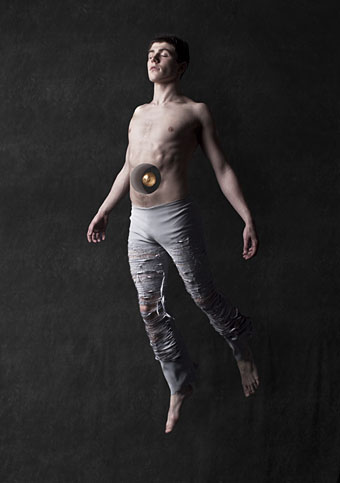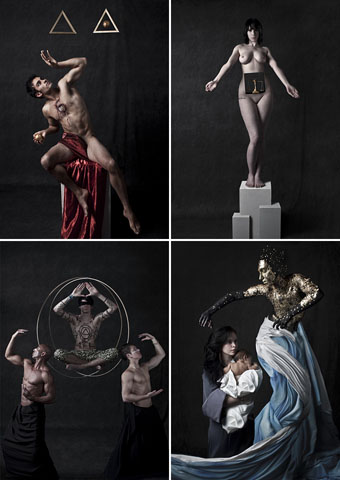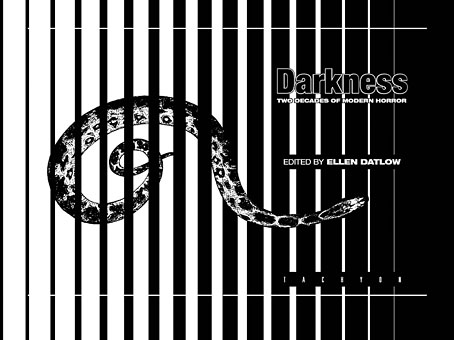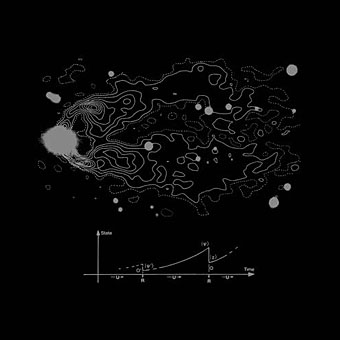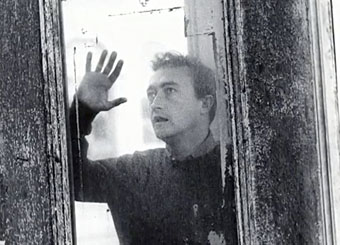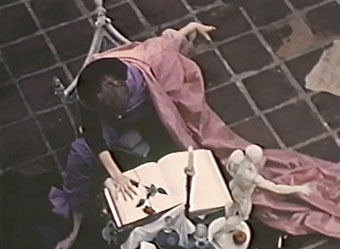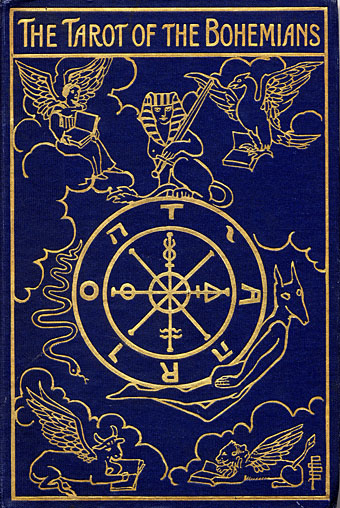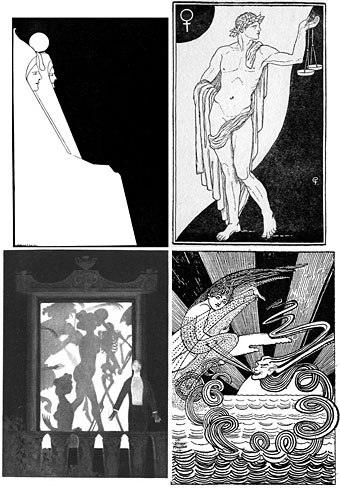Planet of the Apes Magazine #15 (1975), art by Bob Larkin.
I never read any of Marvel Comics’ Planet of the Apes titles but the painted covers of the American editions are evidence of a distinctly lurid imagination. An excess of drugs—this was the Seventies, after all—or mere enthusiasm? You decide. Related: “The Soft Intelligence”: 5 Underrated Literary Cephalopods by China Miéville. Kudos to him for mentioning The Sea Raiders (1896) by HG Wells, a favourite story of mine when I was 12.
My ever-lovin’ octopussy (1970) by Jackie Black.
• A Journey Round My Skull chooses selections from Ang Wyman’s flickr group Eye Candy (above), psychedelic illustration for children’s books by Nicole Claveloux, Peter Max, Heinz Edelmann and others.
• Watch out, there are “fancy gentlemen” about. It’s The Homosexual Menace!
• Design in opposition: Neville Brody announces the Anti-Design Festival.
• The Almias Rural Psychogeography Walk takes place on July 25th.
• Steven Heller on The Incredible Posters of Tadanori Yokoo.
• Hipster Priest: Alan Moore interviewed at The Stool Pigeon.
• FACT mix 167, a great selection by These New Puritans.
• The Orion Galaxy is a beautiful bespoke synthesizer.
• A radio portrait of Moondog at Speechification.
• RIP: Sugar Minott. RIP Tuli Kupferberg.
• Introducing Wizard’s Tower Press.
• Octopus (1970) by Syd Barrett.

